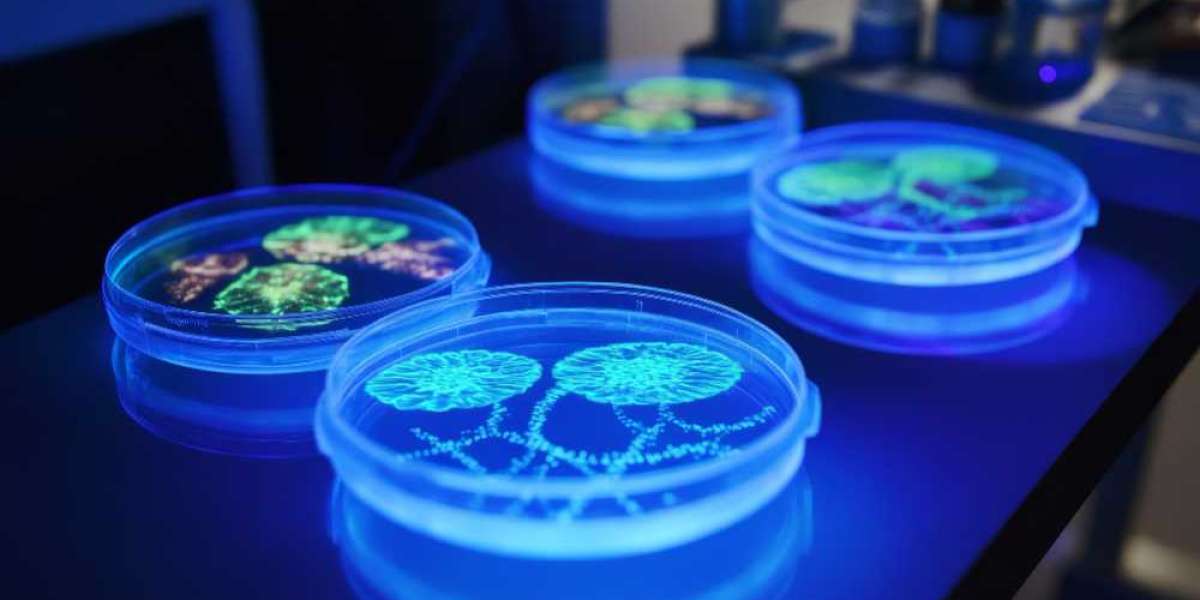The Complexity of Non-Small Cell Lung Cancer
NSCLC accounts for approximately 85% of all lung cancer cases, and it is classified into various subtypes like adenocarcinoma, squamous cell carcinoma, and large cell carcinoma. The disease is notoriously complex, with numerous genetic mutations and alterations driving its progression. As our understanding of these genetic changes deepens, researchers are uncovering the critical role of rare biomarkers in guiding targeted therapies.
Biomarkers are genetic, protein, or other molecular indicators that help doctors diagnose and treat diseases. For NSCLC, these biomarkers can reveal mutations that are pivotal in determining the most effective treatments. Rare biomarkers, such as MET exon 14 mutations, which were once difficult to identify, are now at the forefront of treatment innovation, significantly improving treatment strategies for patients with these specific genetic profiles.
Rare Biomarkers: A Breakthrough in NSCLC Treatment
Biomarkers have revolutionized NSCLC treatment by helping doctors identify which therapies will be most effective based on a patient’s genetic makeup. While common biomarkers like EGFR mutations and PD-L1 expression are well-known, rare biomarkers are gaining increasing attention for their ability to provide targeted treatment options for patients with uncommon mutations.
One such example is the MET exon 14 mutation, a rare alteration that has now become a key focus in the field of NSCLC treatment. Patients with this mutation respond particularly well to MET inhibitors, such as Capmatinib (Tabrecta) and Tepotinib, which target and block the MET receptor. This advancement is a clear example of how identifying rare biomarkers is enhancing the precision and efficacy of NSCLC treatments.
Capmatinib and Tepotinib: Leading the Way for MET-Driven NSCLC
Capmatinib (Tabrecta): A Groundbreaking Therapy
Capmatinib’s approval by the FDA for the treatment of MET exon 14 mutations marked a major milestone in the fight against NSCLC. Capmatinib specifically targets MET alterations, offering a treatment option for patients whose cancers are driven by this mutation. In clinical trials, the drug showed impressive efficacy, demonstrating significant improvements in progression-free survival and overall response rates.
However, the price of Capmatinib (Tabrecta) remains a major concern for many patients and healthcare providers. With annual treatment costs reaching several tens of thousands of dollars, the high price of targeted therapies raises questions about their accessibility and affordability in different healthcare systems. These pricing issues highlight the ongoing challenges of balancing innovative therapies with cost-effectiveness.
Tepotinib: An Alternative MET Inhibitor
Alongside Capmatinib, Tepotinib is another MET-targeted therapy that has shown promise for patients with MET exon 14 alterations. While Capmatinib and Tepotinib share similar mechanisms of action, each has its own unique molecular properties that may make one more suitable for certain patients over the other. The approval of both drugs marks a significant step in the development of precision medicine for NSCLC, offering more options for patients with MET-driven cancers.
Biomarker Testing and Personalized Lung Cancer Treatment
The importance of genetic testing in NSCLC treatment cannot be overstated. Biomarker testing enables clinicians to identify mutations like MET, RET, and ROS1, which can inform treatment decisions and guide the use of targeted therapies. With the growing role of rare biomarkers in clinical practice, testing for these mutations is becoming a standard procedure for patients with advanced NSCLC.
The lung cancer therapeutics market is rapidly evolving, with new drugs targeting specific genetic alterations, such as MET, opening new avenues for personalized treatment. As more rare biomarkers are identified, the scope for individualized therapies expands, increasing the likelihood of successful treatment outcomes for a broader range of patients.
The Future of Rare Biomarkers in Lung Cancer Therapy
The landscape of NSCLC treatment continues to evolve, driven by the discovery of rare biomarkers and the development of new targeted therapies. Capmatinib and Tepotinib are just the beginning, and researchers are already looking for new biomarkers and therapies to further improve treatment outcomes. As the precision medicine approach continues to gain traction, more patients will have access to treatments tailored to their genetic profile.
The challenge of pricing and accessibility remains a crucial issue for the widespread use of these targeted therapies. However, with continued research and advocacy, there is hope that the affordability of such treatments will improve, allowing more patients to benefit from these groundbreaking therapies.
In conclusion, rare biomarkers are playing an increasingly important role in the treatment of NSCLC, leading to the development of more precise and effective therapies. As the field continues to advance, these biomarkers will be central to the future of lung cancer treatment, offering the potential for better outcomes and enhanced quality of life for patients.
Latest Reports Offered By DelveInsight:
- Amyotrophic Lateral Sclerosis (ALS) a fatal disease!
- An Ageing Population and Upcoming Therapies: What is shaping the Alzheimer’s Disease Market Scenario?
- Top 10 Most Promising Drugs In The Amyotrophic Lateral Sclerosis Treatment Landscape
- Amyotrophic Lateral Sclerosis Treatment: The Journey of Radicava and Highlights of Riluzole Formulations
- How Will Emerging Therapies Drift the Amyotrophic Lateral Sclerosis (ALS) Treatment Landscape?
- Unveiling Amyotrophic Lateral Sclerosis (ALS) Treatment Frontiers: Navigating Challenges, Overcoming Setbacks, and Emerging Therapeutic Horizons


